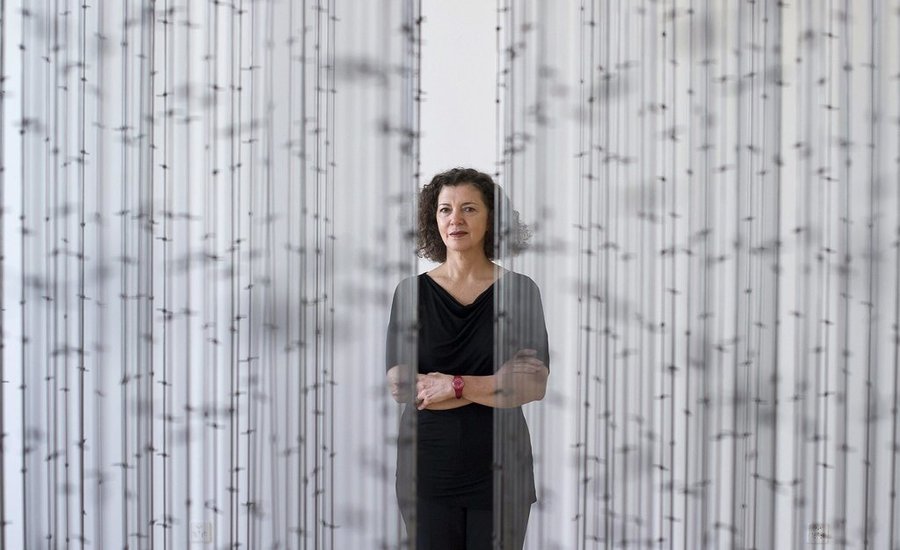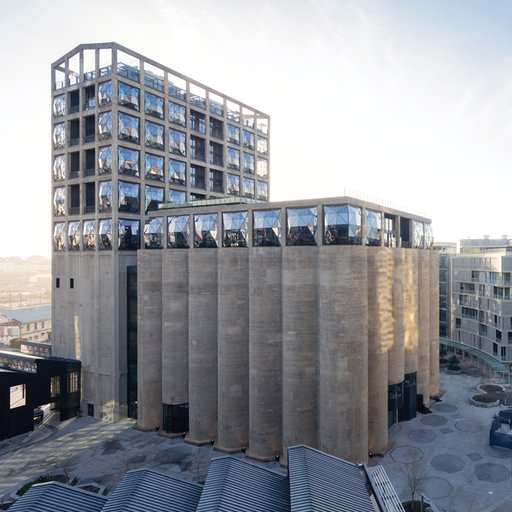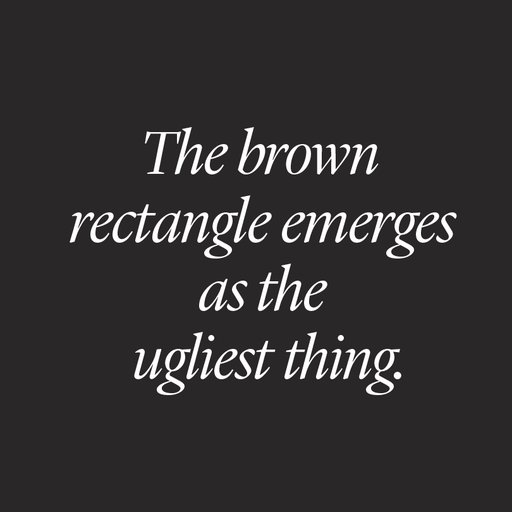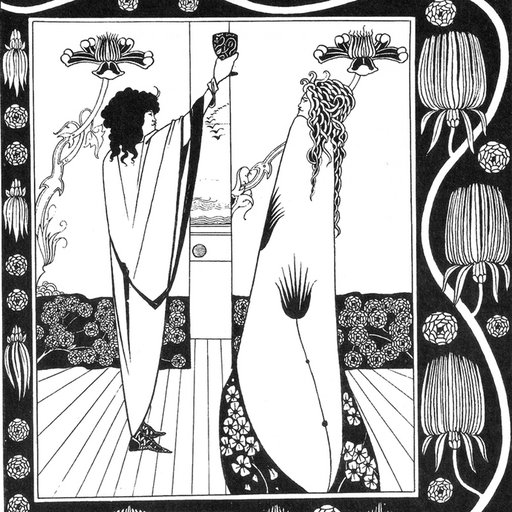The latest iteration of Phaidon ’s iconic Vitamin series, Vitamin T: Threads and Textiles in Contemporary Art , takes up the very best of today’s work in fiber, a relatively recent inductee to the discursive pantheon. Textiles exist at the intersection of new and old world, bearing the twin distinctions of ancient history and untread, radical potential. Because of their long-entrenched association with craft, they have also been too often excluded from critical discussion and coverage, an oversight that inspired Phaidon’s multifarious, comprehensive approach to this list.
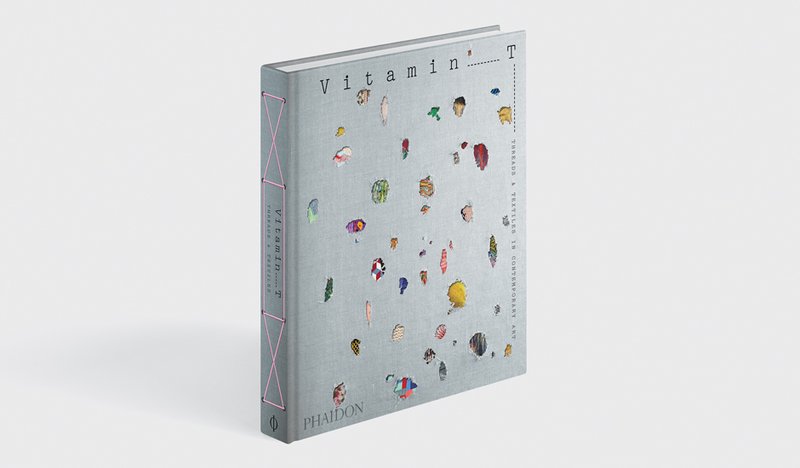 Vitamin T
, published by Phaidon, is available on Artspace for $75
Vitamin T
, published by Phaidon, is available on Artspace for $75
Over 100 preeminent art world insiders were tapped to nominate artists for this Vitamin compendium, including a variety of well-respected curators, writers, museum directors, and academics from all over the world. The result is a panoramic index of talent both emerging and established, a breadth that honors textile art’s relationship to the cultural forces that put it on the map in the ‘60s and ‘70s. Fiber carries in its substantive properties the revolutionary imprint of feminist, civil rights, and anti-war movements, a brand of tumultuous, experimental pliability that both defines and de-centralizes the legacy of textiles in fine art spaces. In her landmark essay “Grids,” critic Rosalind Krauss argues that the grid’s integral role in modern art is based in its ability to serve “not only as an emblem, but a myth,” one that can contain visual and conceptual contradictions simultaneously. It follows, then, that such a spatially expansive, manifold medium begins in the grid of warp and weft, the necessary skeletal structure of edgeless artistic expression.
Artist and writer Irene Waller dubbed textile art “sympathetic” in the late '70s, pointing out that “extremely abstract ideas find a smooth channel of communication” through materials “natural to man." The artistic ductility of yarn, string, and fabric is inextricable from their place in labor, specifically the labor expected of female, non-white, and non-western bodies, so that transmission of sympathy stems not from self-conscious institutional glamour, but a deeply human spirit of recognition. The Western concept of fiber art was heavily shaped by students of the Bauhaus art school in Weimar, Germany, many of whom fled war-torn Europe for the United States and Great Britain, bringing with them a distinctly interdisciplinary, non-hierarchical philosophy. This context casts fiber art not as a point of arrival, but a tool for the dissemination of larger ideas, emotions, and social messaging.
 Vitamin T
, published by Phaidon, is available on Artspace for $7
Vitamin T
, published by Phaidon, is available on Artspace for $7
Order the book now , keep an eye out for upcoming excerpts, and in the meantime, peak an exclusive first look at the 113 fiber artists included in the latest Vitamin edition.
Igshaan Adams
Nevin Aladağ
Olga de Amaral
Evgeny Antufiev
Leonor Antunes
Hrafnhildur Arnardóttir
Shoplifter
Tonico Lemos Auad
Lisa Anne Auerbach
Jonathan Baldock
Kevin Beasley
Mary Lee Bendolph
Cosima von Bonin
Paloma Bosquê
Huguette Caland
Barbara Chase-Riboud
Chiachio & Giannone
Sarah crow
N. Dash
Cristiana de Marchi
Daniel Dewar & Grégory Gicquel
Josh Faught
Christina Forrer
Terri Friedman
Yann Gerstberger
Nury González
Sheela Gowda
Kyungah Ham
Channing Hansen
Tamara Henderson
Nicholas Hlobo
Zon Ito
Takahiro Iwasaki
Sergej Jensen
Reena Saini
Kallat Kimsooja
Adrian Kiss
Abdoulaye Konaté
Teresa Lanceta
Eric N. Mack
Turiya Magadlela
Ibrahim Mahama
Lavanya Mani
Britta Marakatt-Labba
Teresa Margolles
Hana Miletić
Kazuko Miyamoto
Oscar Murillo
Senga Nengudi
Maria Nepomuceno
Rivane Neuenschwander
Eko Nugroho
Katherine Nuñez & Issay Rodriguez
Füsun Onur
Sara Ouhaddou
Rosana Palazyan
Zoë Paul
Sheila Pepe
Grayson Perry
Jessica Rankin
Lara Schnitger
Tschabalala Self
Indre Šerpytyte
Jakkai Siributr
Valeska Soares
Güneş Terkol
Aiko Tezuka
Brent Wadden
Franz Erhard Walther
Anne Wilson
Yin Xiuzhen
Paul Yore
Billie Zangewa
RELATED ARTICLES:
Ceramic Has Made A Comeback—Here's How
The Vitamin P3 List: Discover the 108 International Artists Who Are Revolutionzing Painting Today











